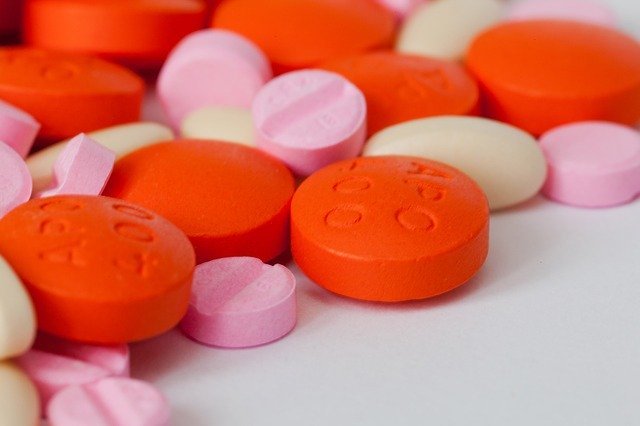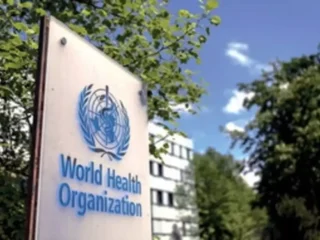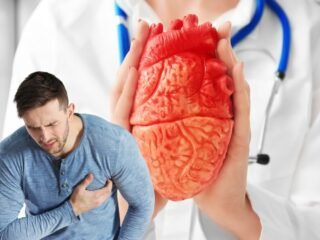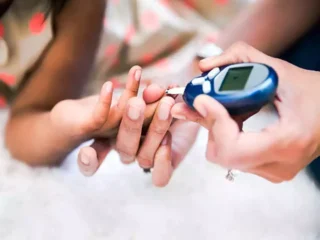Scientists at the University of Exeter have developed a new technique that could help to reduce antibiotic prescribing.
The new technique will predict within minutes which drugs may be effective against specific bacteria.
The novel microfluidic technique is currently in the early stages of development. It works by exploiting the fluorescent properties of antibiotics to see if they are taken up by the bacteria and have a chance of being active.
If the antibiotics can penetrate through the bacterial cell membrane and are taken up, then the bacteria glow brighter under the microscope.
Research lead Stefano Pagliara, PhD, a biophysicist at the University of Exeter Living Systems Institute, said, “We’re really excited about the potential for this technique to make a meaningful reduction in prescribing, helping to fight the global threat of antibiotic resistance. At the moment, it can take days for clinicians to get a lab result, which involves growing bacteria, but there is still some guesswork involved. Our technique could reduce the use of multiple antibiotics to try and fight a bacterial infection.”
Pagliara and colleagues report on their technology in Lab on a Chip, in a paper titled, “Single-cell microfluidics facilitates the rapid quantification of antibiotic accumulation in Gram-negative bacteria.” Antibiotic resistance is recognized as a major global health threat; it is predicted that by 2050, around 10 million people will die annually of microbial infections. “There is thus a desperate need to refresh the antibiotic development pipeline and develop new technologies to optimize antibiotic treatment,” the authors wrote.
Infections caused by Gram-negative bacteria are of particular concern, the team continued. These bacteria have a double-membrane cell envelope that represents what the Exeter researchers call “a formidable barrier” to antibiotic accumulation in the microorganisms. To get across the outer membrane, antibiotics have to penetrate through protein pores, or porins, which the bacteria use to take up nutrients.
Gram-negative bacteria also have efflux mechanisms that effectively pump toxic compounds, such as antibiotics, back out of the cell. The activity of these porins and efflux pumps vary under different microenvironmental conditions, and also within bacteria that have the same genetic makeup that are exposed to similar environmental conditions. “Quantitative methods for studying drug accumulation in individual bacteria are therefore crucial for understanding this molecular transport landscape, to drive the rational development of the next generation of antibiotics,” the authors noted.
The most commonly used techniques for studying antibiotic accumulation in bacteria are population level assays, but these can’t evaluate drug accumulation at the single-cell level, the investigators stated.
Current techniques also commonly rely on complex washing steps that can impact on cell physiology, or increase the likelihood of damaging the bacterial cells. “There is, therefore, a need to fundamentally change the experimental approach for quantifying antibiotic accumulation in bacteria, to incorporate single-cell level methodologies and the ability to study drug accumulation after exposure to different nutrient conditions or in different metabolic states,” they stated.








